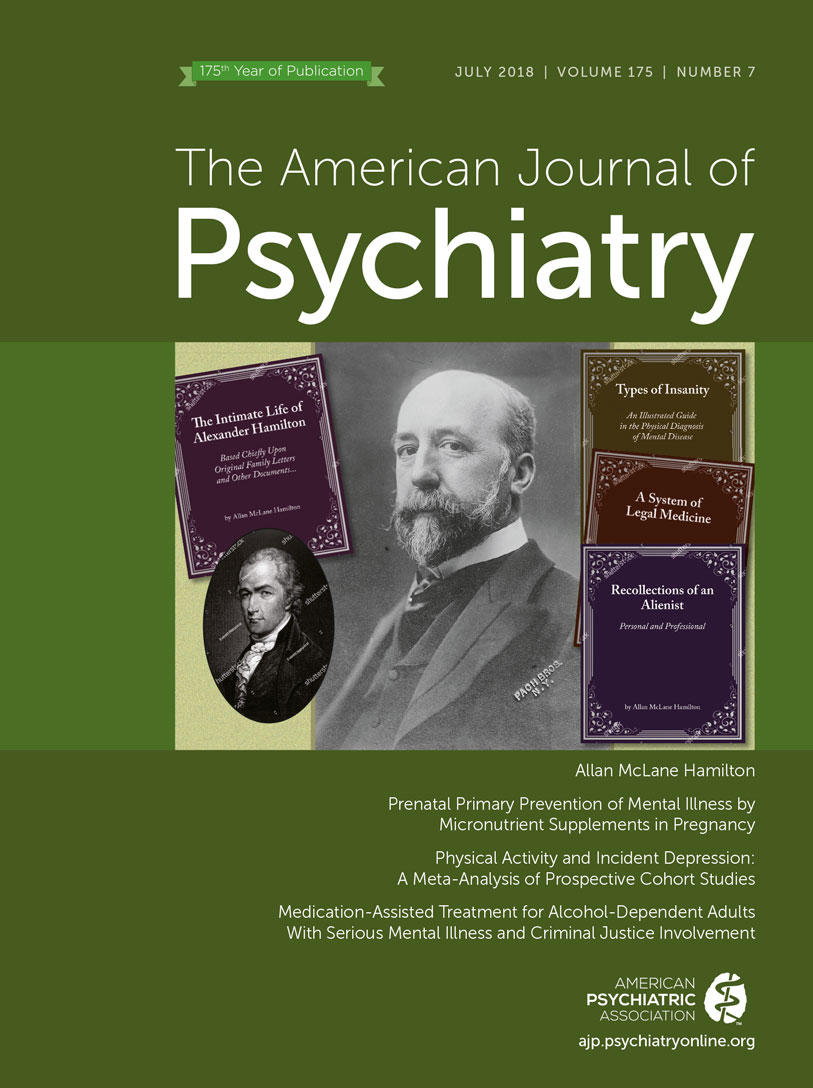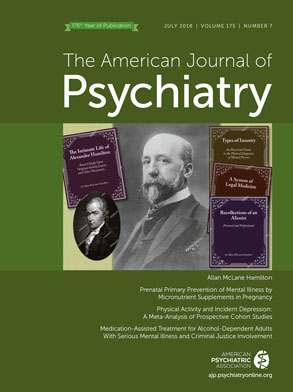In the midst of an opioid epidemic, this slender yet comprehensive volume depicts the current public health danger posed by the increasing penetration of substance use disorders into our social fabric and the continuum of measures—from prevention to harm reduction to comprehensive treatment—that can, if widely applied, impede and reverse this threat. The author calls upon his many years of experience as a psychiatrist in varying roles (a frontline clinician treating complex patients, director of a well-known and widely respected mental hospital, administrator of state agencies that oversee the mental health care of large populations) to inform his panoramic perspective on substance use disorders.
The book seems directed not at experts in addiction but primarily to members of the lay public who may themselves suffer from or have family members enduring substance use disorders. The content may also prove useful to health care providers of any discipline who seek to improve their assessment and management of patients with substance use disorders and even to psychiatrists who did not receive sufficient training or experience in this all too common category of mental disorders.
Dr. Sederer covers the antecedents and risk factors for developing addiction, including the predisposition that family history and genetics confer, as well as the critical nature of environmental events, particularly traumatic events, as they intersect with heredity. He delves into the brain science behind addiction: the reward center resides in the midbrain. It is comprised primarily of the ventral tegmental area, which contains the presynaptic neurons that produce dopamine, and the nucleus accumbens, where dopamine binds to produce reinforcement. The reward center initially gets put into overdrive by all substances that humans misuse because the substances, through varying mechanisms, create an excess of dopamine, which in turn induces a powerful but illusory euphoria. Ultimately through neuroadaptation, the reward center becomes successively less responsive, resulting in an inability to experience any pleasure and causing the individual with addiction to use the substance repeatedly in a hopeless attempt to feel the well-remembered but now irretrievable euphoria.
The book goes on to detail the essential elements of comprehensive treatment. Treatment must be safe, evidence-based, collaborative (e.g., shared decision making), culturally sensitive, and recovery oriented. The book also describes approved, evidence-based addiction pharmacotherapies: methadone, buprenorphine, and naltrexone for opioid use disorder, and naltrexone, acamprosate, and disulfiram for alcohol use disorder. The book furthermore provides background on evidence-based psychotherapies for addiction: motivational enhancement, cognitive-behavioral relapse prevention, 12-step facilitation (which helps patients access mutual help groups successfully), and contingency management (which uses principles of operant conditioning to reward abstinence and thus extinguish substance use).
Also mentioned are interventions that need more study but may hold promise, such as exercise, meditation, and transcranial magnetic stimulation.
The book accurately and importantly warns the reader about treatment programs, often operating for profit, that offer superficial amenities and glitz but that do not use evidence-based treatments and thus ultimately deliver poor value.
Dr. Sederer achieves his greatest eloquence when viewing substance use disorders through the public health lens. He accurately captures the history of, precursors to, and current state of the deadly opioid epidemic. He rightly decries the incessant and utter failures of the criminal justice approach that bring us ruined lives and unnecessary incarceration, a point deserving strong emphasis in an era when some in positions of leadership call for a return to and even a redoubling of such costly, destructive, and cruel policies. He describes the way stigma, propelled by moralistic attitudes, directly hurts individual patients and hinders us from widespread application of humane and scientific treatment principles that can effectively lessen the impact of the brain disease of addiction. He points out that our best hopes for raising future generations less plagued by substance use disorders lie in prevention of adverse early childhood experiences and in prompt societal-level interventions, such as ParentCorps, an organization that provides enhancements to pre-kindergarten education for families with children who do fall prey to such adverse experiences.
Many vivid and poignant case vignettes from Dr. Sederer’s own clinical practice populate the book, lending it an additional human dimension and illustrating how his recommendations for intervention actually do improve and save real lives.
If we as a society could only wholeheartedly embrace Dr. Sederer’s sage recommendations to shift our resources from interdiction and punishment to scientifically informed prevention and treatment, we could undoubtedly escape the grip of our current opioid epidemic, mitigate the harms from other substances, and enjoy a much safer and healthier world.


